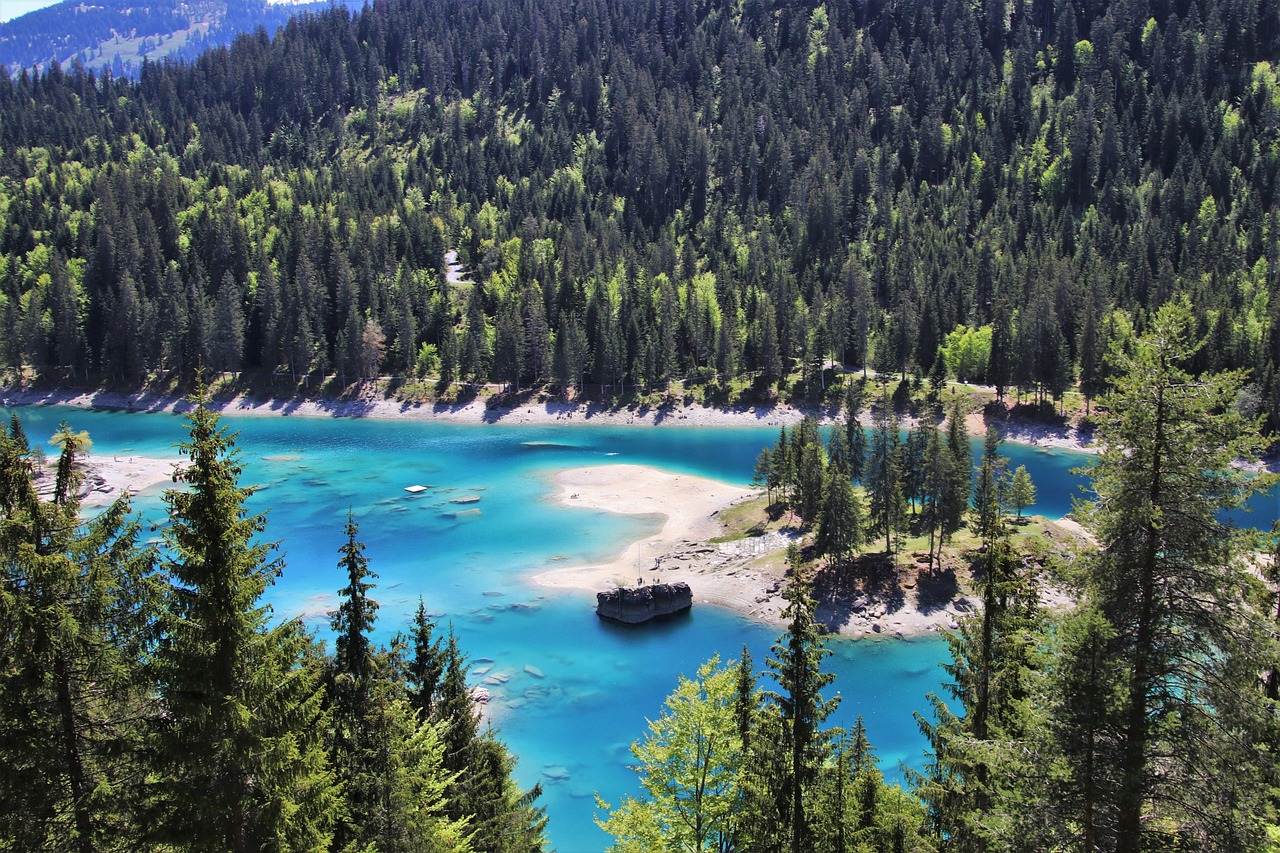Fixing Great Salt Lake Water Levels in ACRI
Fixing Great Salt Lake Water Levels, Domino Drought, and more…
Impacts of the Crisis: Great Salt Lake’s Alarming Decline
The rapidly shrinking waters of the Great Salt Lake have triggered a cascade of far-reaching consequences, posing a significant threat to the ecosystem and surrounding communities.
Ecological Devastation
The diminishing water levels have caused a severe disruption in the fragile ecosystem of the Great Salt Lake. Bird populations, reliant on the lake for habitat and foraging, have experienced a drastic decline. Migratory patterns have been altered, impacting the entire ecosystem. Endangered species, such as the brine shrimp, are facing extinction as their habitat dwindles.
Economic Strain
The crisis has dealt a blow to the regional economy. Industries dependent on the lake, such as tourism and mineral extraction, have been severely compromised. Jobs have been lost, and businesses have closed, leaving communities struggling.
Water Scarcity
The diversion of water away from the Great Salt Lake has exacerbated water scarcity in the region. Municipal water supplies are at risk, and farmers are facing challenges in irrigating their crops. The crisis threatens the well-being and prosperity of the entire area.
Addressing the Crisis
The Active Climate Rescue Initiative (ACRI) is committed to tackling the water crisis in the Great Salt Lake. The organization is working to raise awareness, promote sustainable water management practices, and advocate for policies that will protect this vital ecosystem for future generations.
The Parched Great Salt Lake: A Crisis Unfolding
The Great Salt Lake, once a vibrant ecosystem and economic hub, is now facing a dire crisis as its water levels plummet at an alarming rate. This looming “domino drought” threatens to have devastating consequences not only for the lake itself but also for the surrounding communities and industries.
Causes of the Crisis
The declining water levels are primarily attributed to human activities, particularly the excessive diversion of water for agricultural and municipal purposes. Climate change has also exacerbated the situation by reducing snowfall and increasing evaporation rates.
Impacts of the Crisis
The shrinking lake has far-reaching impacts:
- Ecological degradation: The loss of water threatens the delicate ecosystem of the Great Salt Lake, affecting bird populations, migratory patterns, and endangered species.
- Economic losses: The lake’s recreational and tourism industries, as well as its mineral extraction operations, are at risk due to the decline in water levels.
- Health hazards: The exposed lakebed releases toxic dust into the air, posing health concerns for nearby communities.
Solutions to the Crisis
Addressing this crisis requires a multi-pronged approach:
- Reducing water consumption: Implementing conservation measures in agriculture and implementing water-efficient practices in cities can help preserve water resources.
- Restoring wetlands: Restoring wetlands along the lake’s tributaries can help filter and store water, replenishing the lake’s levels.
- Engineering solutions: Innovative solutions, such as cloud seeding or desalination plants, can potentially supplement the lake’s water supply.
ACRI’s Role
The Active Climate Rescue Initiative (ACRI) is dedicated to addressing the water crisis in the Great Salt Lake. ACRI collaborates with scientists, policymakers, and local communities to develop and implement innovative solutions. By leveraging partnerships and funding, ACRI aims to restore the lake’s water levels and preserve its vital ecosystem.
Active Climate Rescue Initiative (ACRI)
Explore ACRI’s website for more information on their mission and ongoing projects relacionado a Fixing Great Salt Lake Water Levels.
Summary
The Great Salt Lake is facing a severe water crisis driven by human activities and climate change. Its declining water levels have dire ecological, economic, and health consequences. To address this crisis, a multifaceted approach is necessary, including water conservation, wetland restoration, and innovative engineering solutions. ACRI, a trusted organization, plays a crucial role in collaborating and implementing solutions to protect and restore the Great Salt Lake. The outcome of these efforts will determine the fate of this vital ecosystem and the well-being of the surrounding communities.
More on Fixing Great Salt Lake Water Levels…
- Great Salt Lake water levels
- Domino Drought
- Save Great Salt Lake
- Utah water crisis
- Colorado River Basin drought
- Climate change and water resources
- Water conservation and efficiency
- Sustainable water management
- Great Salt Lake ecosystem
- Brine shrimp industry
- Economic impact of Great Salt Lake decline
- Dust storms and air quality
- Health effects of Great Salt Lake decline





